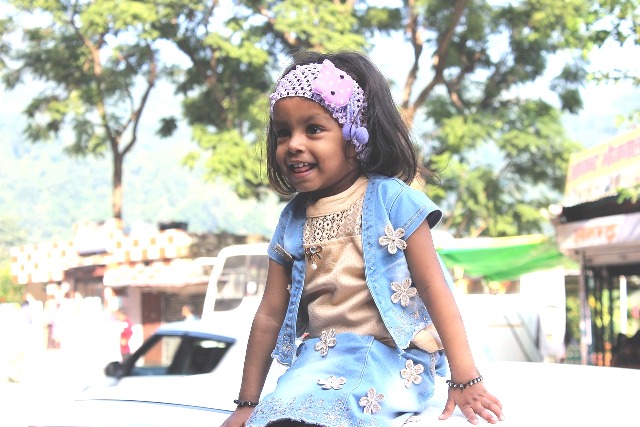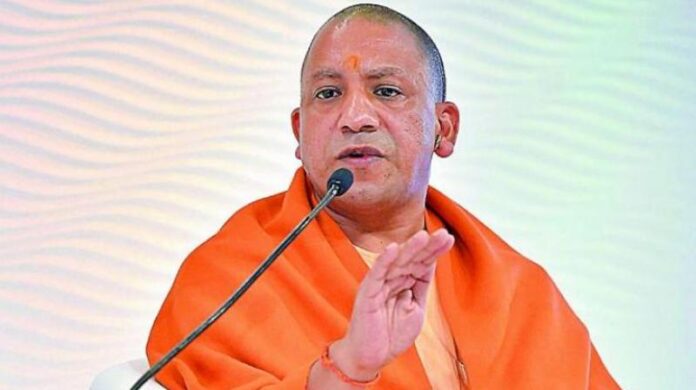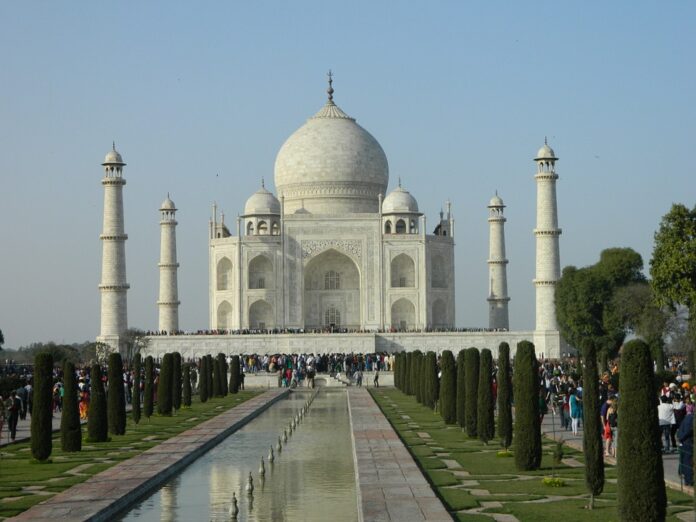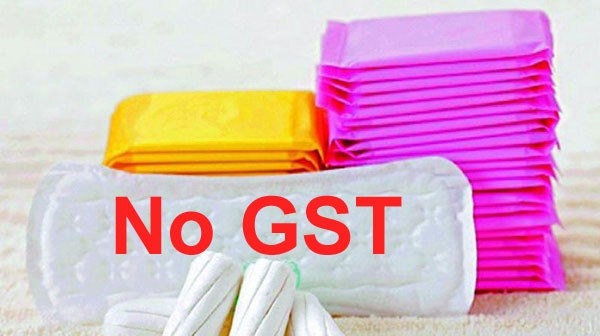Ashoka University’s Centre for Social Impact and Philanthropy (CSIP) in partnership with the Harvard Business School (HBS) Executive Education and Dasra will be hosting the second cohort of its flagship executive programme on Strategic Nonprofit Management in India from July 29 to August 2, 2018 at the Ashoka University Campus, Sonepat.
The programme will be spearheaded by V. Kasturi Rangan, Malcolm P. McNair Professor of Marketing and Co-chair of the Harvard Business School, Social Enterprise Initiative and Vikram S. Gandhi, Senior Lecturer of Business Administration at Harvard Business School, who will deliver classes to senior leaders of nonprofit organisations operating in South or Southeast Asia.
Launched in 2017, the programme explores best practices in nonprofit strategy, leadership, and governance, to prepare participants to build a high-performance organisation. It is the only programme for the nonprofit sector in India today that brings faculty from Harvard Business School (HBS) to India to facilitate sessions using the HBS case study methodology.
The curriculum will focus on planning for scale, performance measurement and improvement, and adopting a disciplined approach to strategy, governance, and operations to help emerging leaders at the forefront of the nonprofit sector drive meaningful social change.
Who will attend this programme:
- Senior leadership, trustees and board members of nonprofits and foundations in India
- Executive directors, chief executive officers, and other leaders responsible for shaping the mission, direction, and policies of their organisations
Admission to the programme is based on professional achievement and organisational responsibility. No formal educational requirements apply.
The Strategic Nonprofit Management—India programme presents a new platform for executives to sharpen the organisation’s mission and strategy, design effective operational models, raise funds, and strengthen governance and leadership. Key lessons will come into focus as the classes will be constructed according to the critical challenges of the respective organisations. Return to work will mean building a high-performance organisation that can fulfill its mission, expand its scope, and achieve its potential.
Date: July 29 to August 2

















